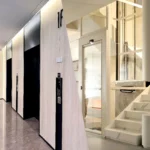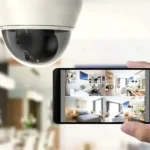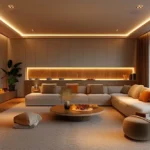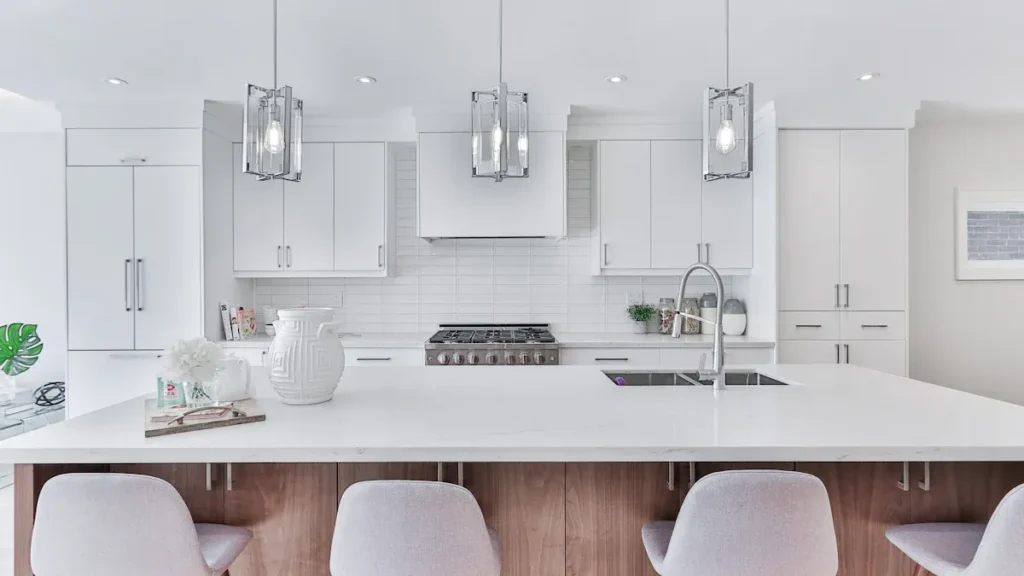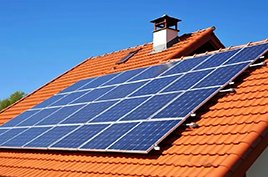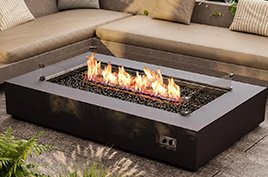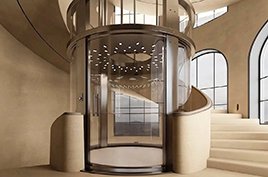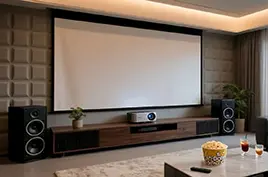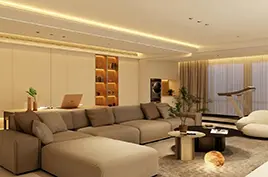The elevator is no longer just a means of transportation—it is an essential component of modern building design. As technology advances and user expectations evolve, elevators must do more than move people vertically. They must integrate with smart systems, align with sustainability goals, and provide a seamless experience that reflects the sophistication of the entire property.
For buyers planning complete electrical solutions—including VRF ducted air conditioning, lighting control, and building security—elevator design should be a coordinated part of the overall strategy. It affects energy use, system efficiency, and user satisfaction. This article explores how to approach elevator design as part of a broader electrical and mechanical solution.
Understanding Modern Elevator Design

Elevator design is about much more than cabin size or door materials. It involves studying building usage patterns, planning for peak traffic hours, ensuring energy efficiency, and enabling system-wide communication. In residential complexes, elevators must handle predictable daily flows. In commercial towers or mixed-use spaces, the system needs to be flexible enough to handle varying demand throughout the day.
Types of Elevators and Their Design Requirements
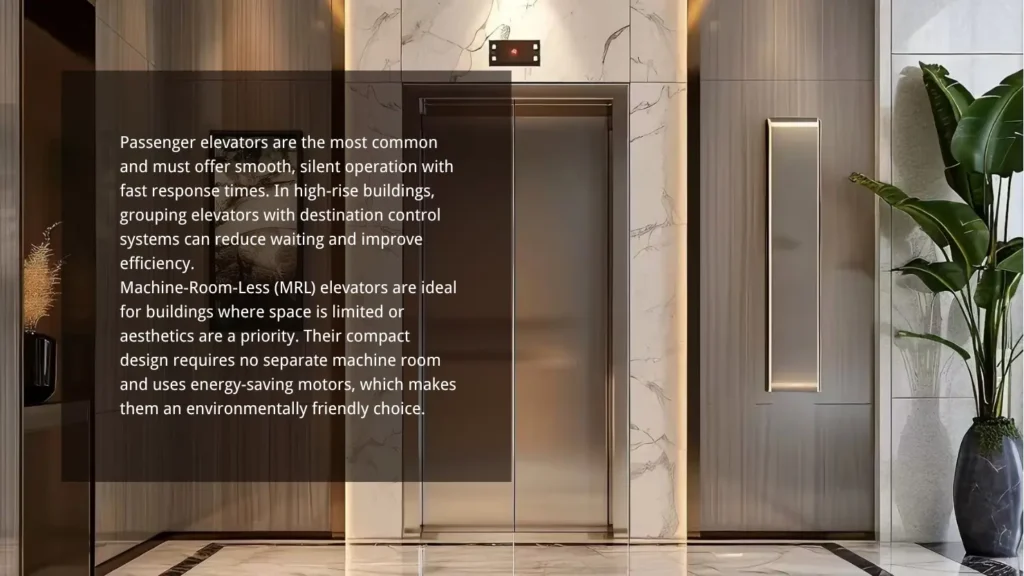
Freight elevators are designed for durability and heavy loads. They require robust safety systems, wide doors, and integration with loading areas or warehouse automation. While their function is industrial, they still need to comply with the building’s fire safety and energy use policies.
Home elevators serve villas and private residences. These systems prioritize quiet operation, ease of use, and style, often becoming a key feature in luxury real estate. Integration with home automation systems is increasingly common in this category.
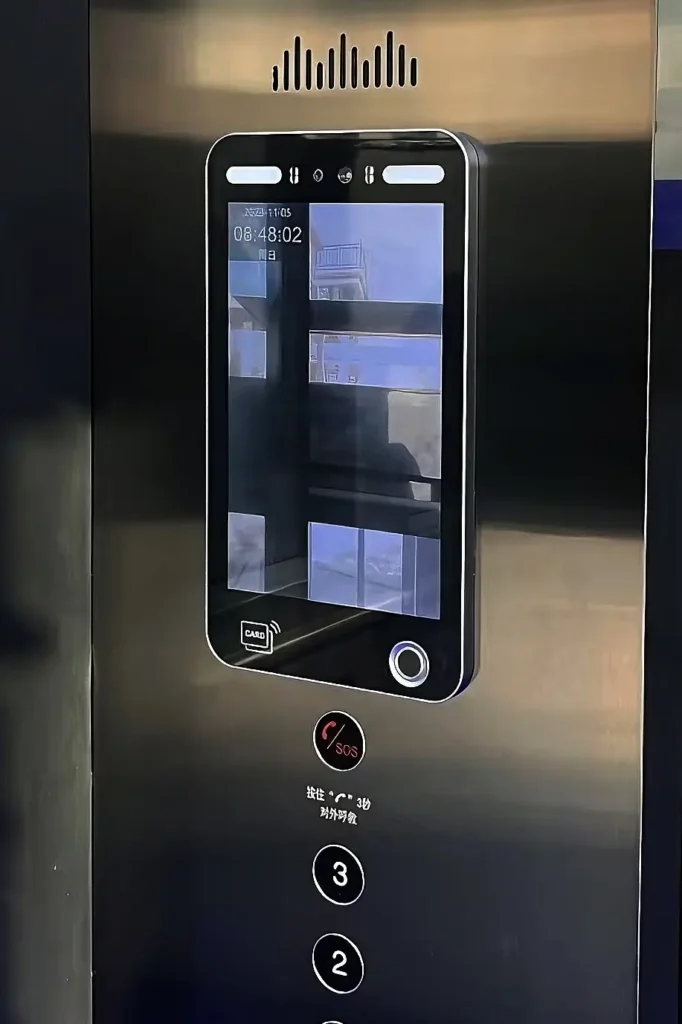
Integrating Elevators into a Full Building Solution
A modern elevator should not operate in isolation. Instead, it must be part of an integrated system that includes HVAC, lighting, access control, and security. When planned this way, elevators enhance both building efficiency and occupant comfort.
At our company, we design elevator systems as part of our one-stop electrical and mechanical package. This includes VRF air conditioning systems, electrical panels, energy-saving lighting, CCTV security, and emergency power backup. The result is a building that functions as a unified, intelligent environment.
Improving Energy Efficiency Through Smart Elevator Design
Energy efficiency is now a core priority in any building project, and elevators can be a major energy consumer if poorly designed. Fortunately, today’s technologies make it easier than ever to minimize power usage without compromising performance.
More importantly, elevators designed as part of an integrated energy strategy can coordinate with HVAC and lighting systems to optimize overall building performance. This holistic approach supports green building certification and long-term energy savings.
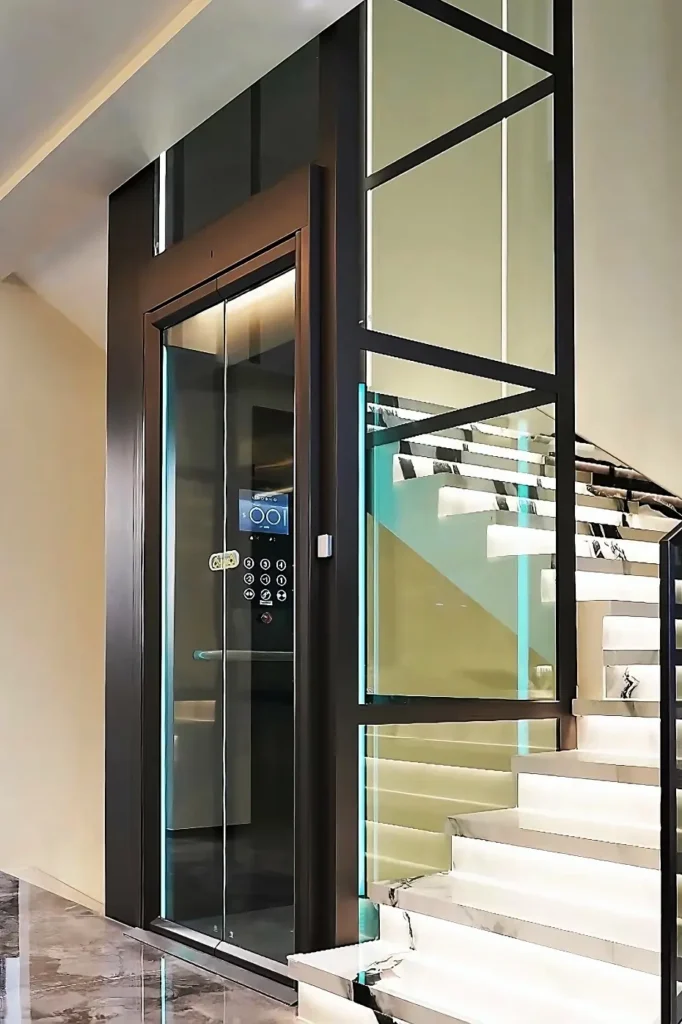
Ensuring Safety and Code Compliance
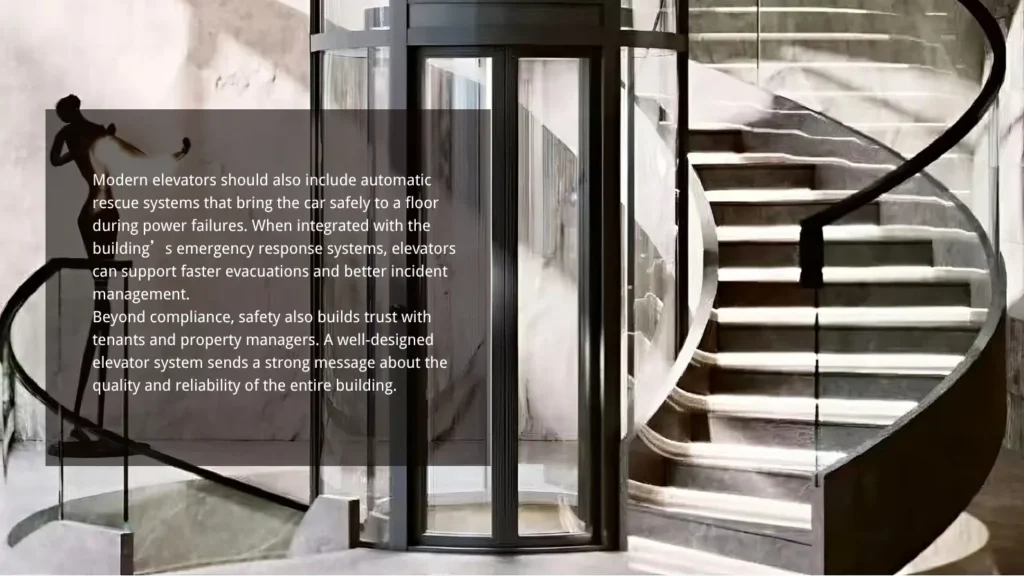
Why Buyers Should Choose an Integrated Electrical Solutions Provider
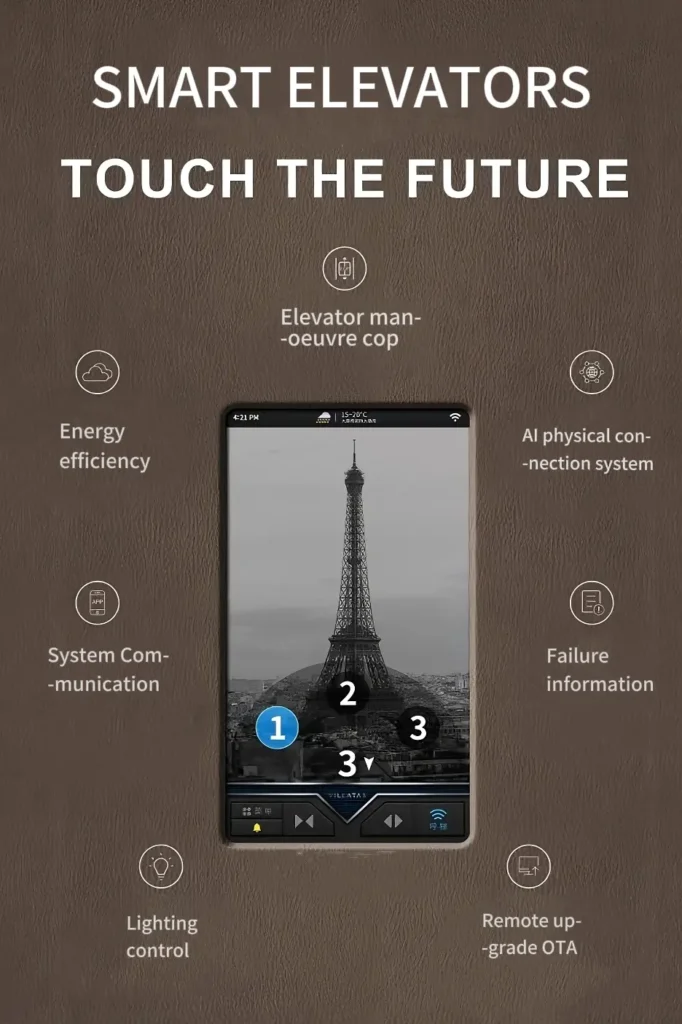
Managing elevator installation separately from the rest of the building’s electrical systems often results in cost overruns, communication errors, and missed integration opportunities. By choosing a provider that offers a complete solution, buyers benefit from better coordination, fewer delays, and a system that truly works as one.
We offer turnkey services that include elevator design, supply, and integration with other systems such as central air conditioning, access control, and energy management. From the earliest design stages to installation and after-sales support, our team ensures your building runs smoothly from top to bottom.
This approach saves time during construction, simplifies maintenance, and reduces risk throughout the building’s lifecycle. It also ensures that each system complements the others, resulting in better energy use, improved safety, and a more seamless experience for occupants.
Conclusion
Elevator design is no longer a technical detail to be finalized late in the project. It is a strategic decision that affects how your building operates, how it feels to users, and how efficiently it consumes resources. For any buyer pursuing a full electrical solution, elevators should be viewed as part of a smart, connected system—planned with the same care as air conditioning, lighting, and security.
By working with an experienced, integrated provider, you’ll avoid costly mistakes and deliver a building that performs at its best from day one. If you’re planning a new development or upgrading an existing one, contact us to learn how a smart elevator design can become a key part of your overall success.

